Event Schedule
Pallaki Seva (8:00AM to 9:30AM)
Devotees carry the Pallaki of Goddess Sita and Lord Sri Rama on their shoulders and walk around by performing dhandiya by kids and adults.
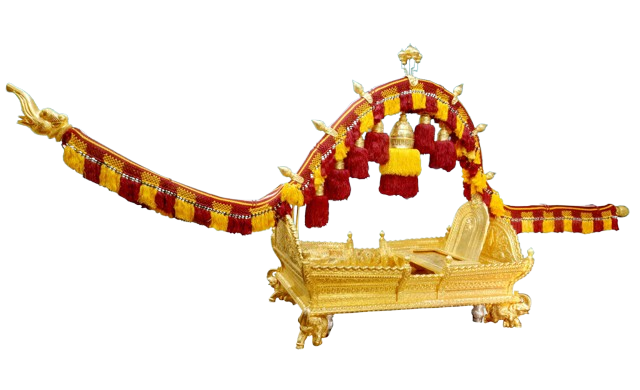
Abhishekam (9:30AM to 10:30AM)
Abhishekam is a ceremony of ablutions and symbolic offerings that include milk, honey, and other items. The ablutions symbolize spiritual purification, and each of the offerings represents fulfillment on every level. Throughout the abhisheka, specific mantras are chanted to invoke blessings that uplift, protect and spiritually benefit us.
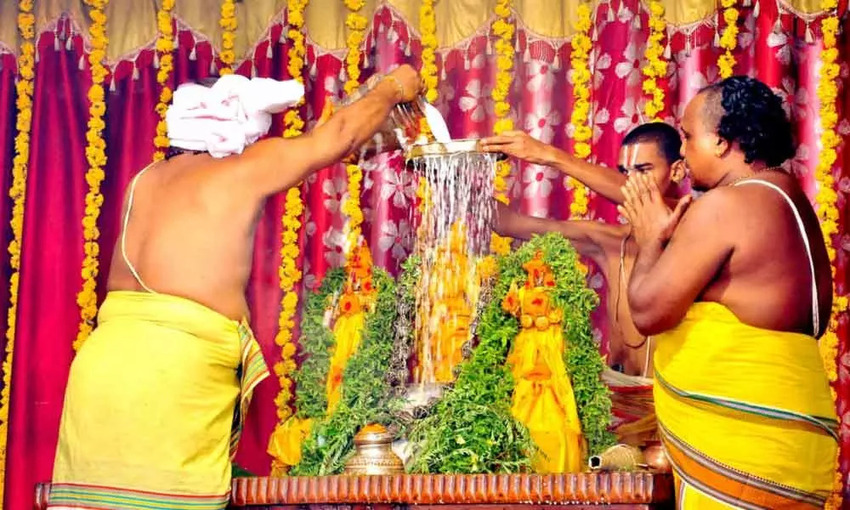
Sita Rama Kalyanam (10:30AM to 12:30PM)
Celebrating Sita Rama Kalyanam is a tradition where the utsava murti of Lord Rama and Sita Devi are brought forth in a procession and their marriage is performed as between a bride and bridegroom. Since Lord Rama represents Knowledge and Mother Sita personifies Devotion, this union symbolizes the secret to the most fulfilling way of life. Thus, through the holy ceremony of Sita Rama Kalyanam, the blessings of the divine couple are invoked for the welfare of the world.
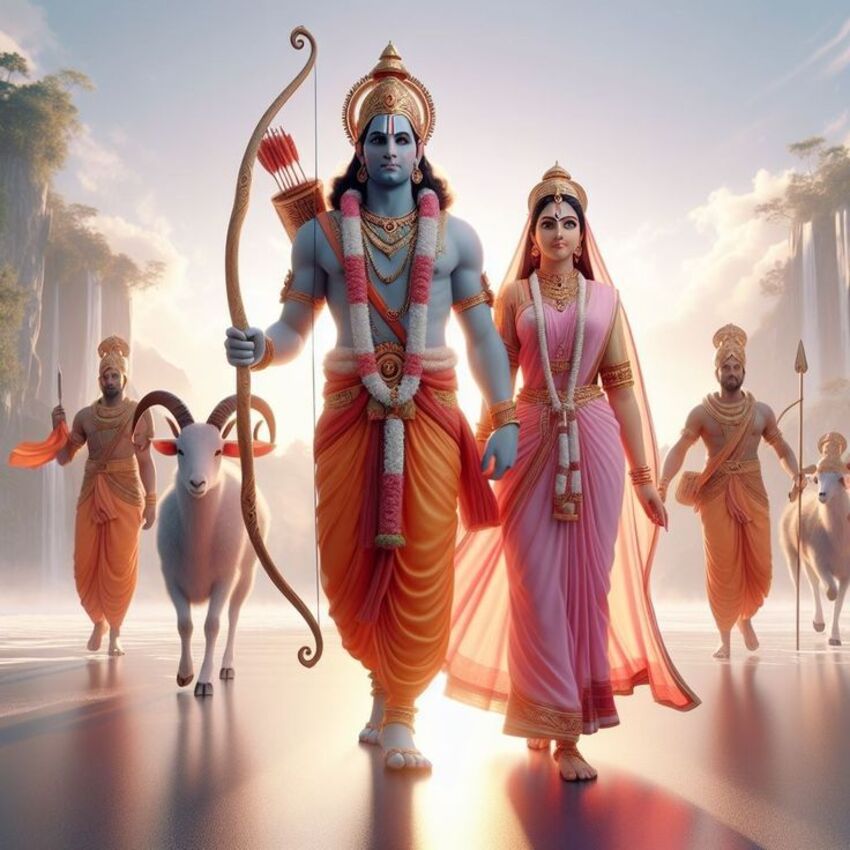
Godhanam (12:30PM to 1:00PM)
"Godhanam" is a Sanskrit term that translates to "the donation of a cow." In Hinduism, it is considered a sacred act of charity and is believed to bestow great spiritual merit upon the donor. Giving a cow in charity is considered highly virtuous and is often performed as part of religious rituals, ceremonies, or for the benefit of the needy. Cows are revered in Hindu culture as symbols of abundance, purity, and motherhood, and donating a cow is seen as a way to support the welfare of society and gain blessings from the divine. IACAL will arrange cow idols to donate to the priest as part of ceremony.
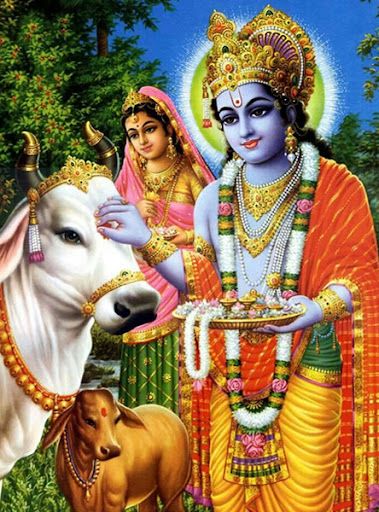
Prasadam
Prasadam will be served as breakfast and lunch.
Sri Sita Rama Kalyanam Cultural Activities (2:00PM to 3:30PM)
The Sri Sita Rama Kalyanam celebration is going to be more special with wonderful performances by kids and ladies. They will showcase beautiful traditional dances that add to the joy of the occasion by performing the following Indian traditional dances.
Kolatam is a traditional folk dance from the state of Andhra Pradesh, particularly popular in rural areas. It is performed in a group and involves rhythmic clapping with sticks (known as "kolalu"), where dancers move in circular patterns, often mimicking an energetic and lively play.
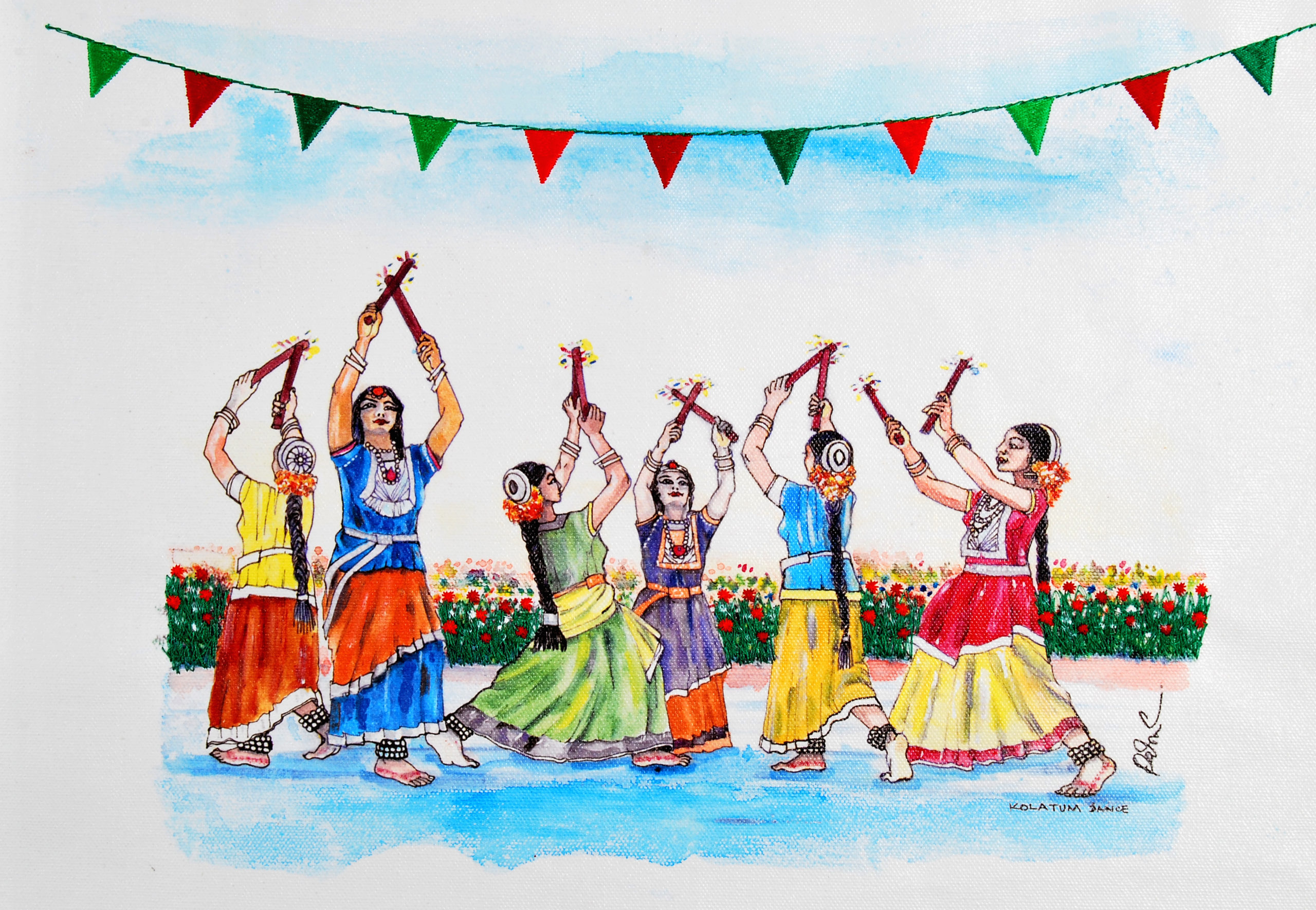
Bharatanatyam is one of the oldest classical dance forms in India, originating in the state of Tamil Nadu. This form of dance has a deep connection with the temples and is traditionally performed to Carnatic music.It was known as Sadir and was primarily performed by devadasis (temple dancers). The dance form expresses religious themes and stories from Hindu mythology.
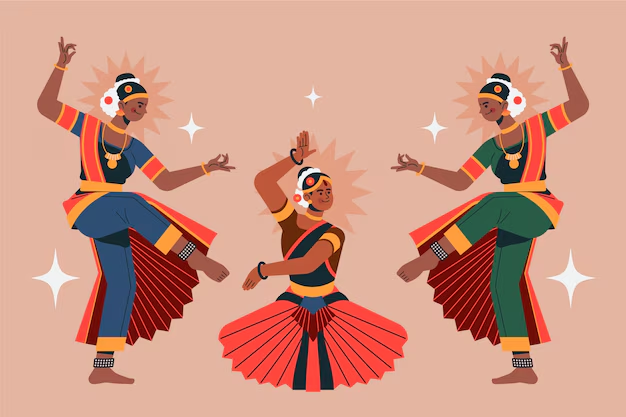
Kathak is one of the major classical dance forms of India, originating in the northern part of the country, particularly from Uttar Pradesh. The name "Kathak" comes from the Sanskrit word 'katha', meaning "story." Kathak was traditionally performed by the Kathakars (storytellers) who used dance and music to narrate stories, mostly from Indian epics like the Mahabharata and Ramayana.

Kuchipudi is another prominent classical dance form of India, originating from the state of Andhra Pradesh, particularly from the Kuchipudi village. It is known for its graceful movements, intricate footwork, and expressive storytelling. Kuchipudi is a beautiful synthesis of dance, music, and theater, and is often performed to convey stories from Hindu mythology.
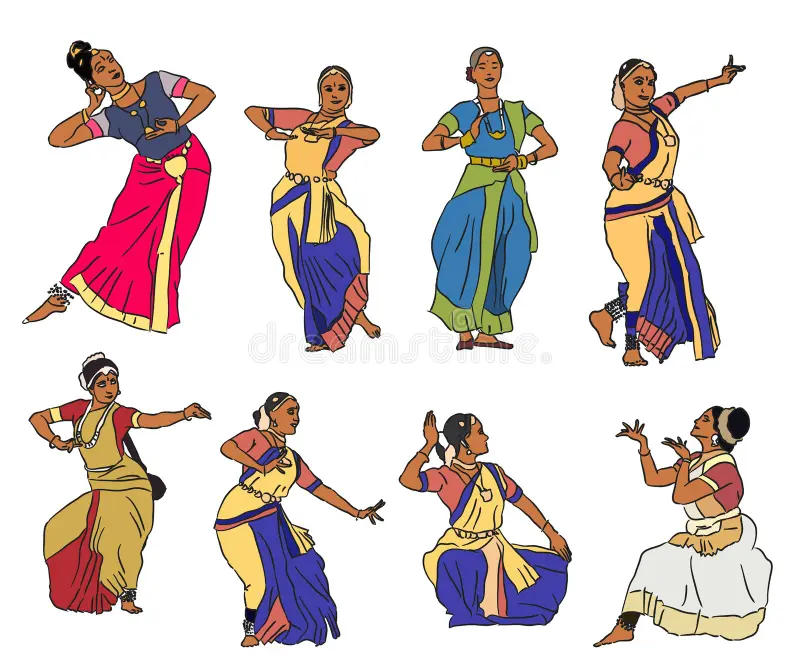
Kids Chanting Slokas (3:30PM to 3:45PM)
Kids will recite slokas and sing songs about Lord Sri Rama and Goddess Sita Devi
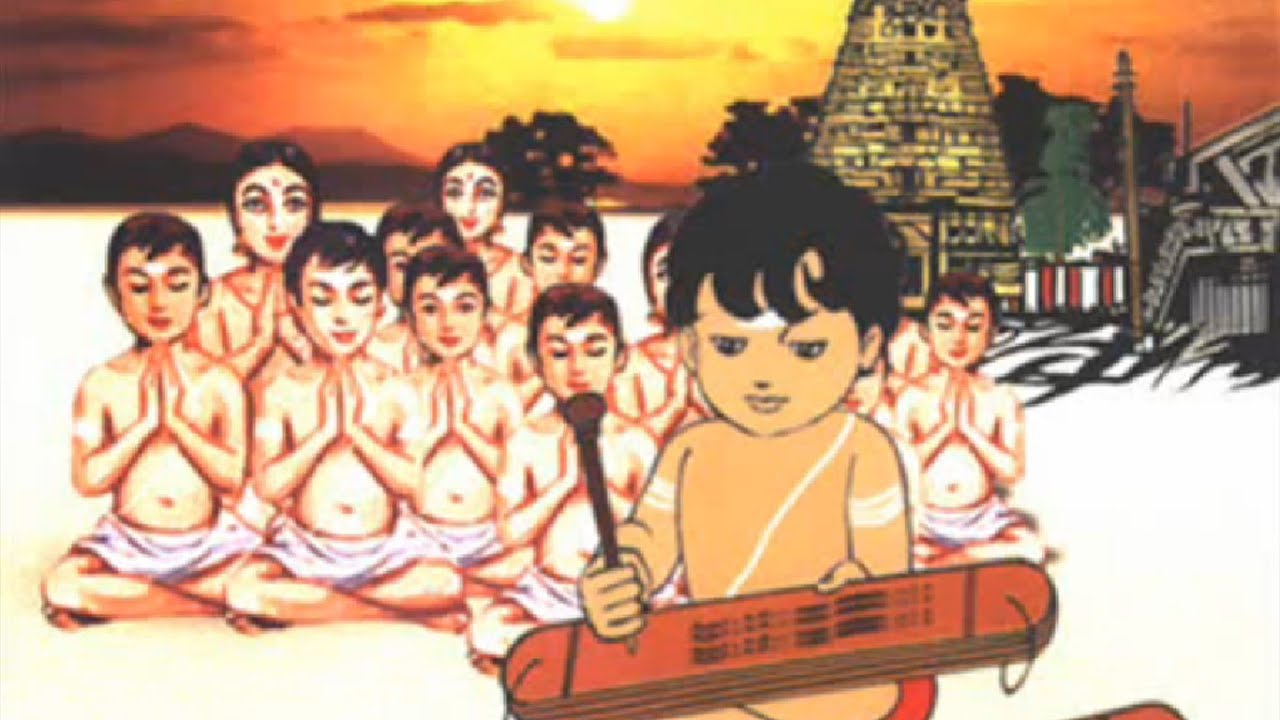
Hanuman Chalisa (3:45PM to 4:00PM)
The Hanuman Chalisa is believed to bring blessings of health, wealth, strength, and divine protection to the devotee.
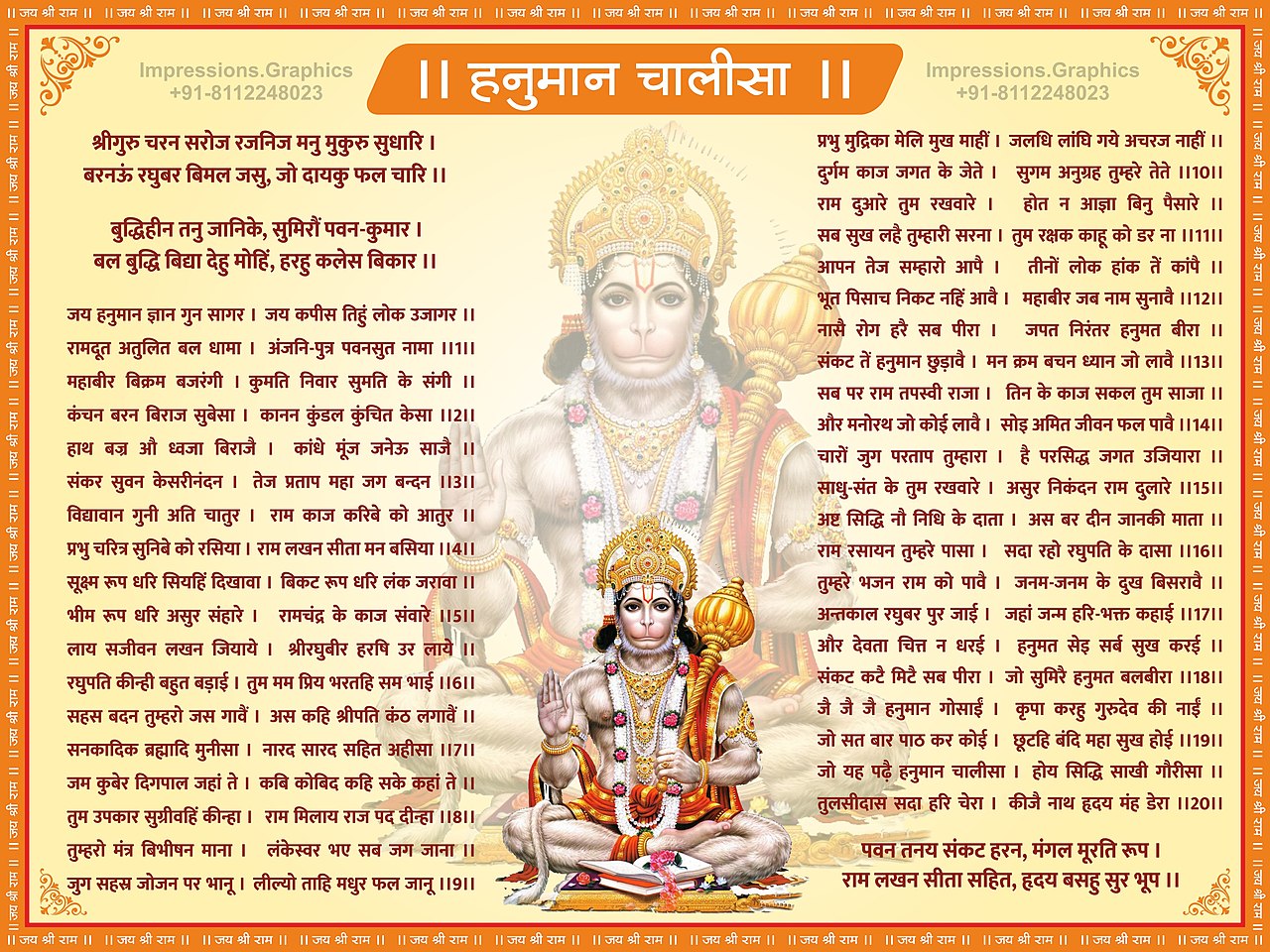
Pattabhishekam (4:00PM to 5:00PM)
Pattabhishekam means the coronation ceremony. Ancient kings celebrated Pattabhishekam in a grand manner by performing puja to the deities, and also by getting the waters from the holy rivers like Ganga, Yamuna and Godavari, in order to sprinkle on their bodies.

Offerings
Devotees registered for Sevas will receive Blouse piece, Shawl and Akshatas.